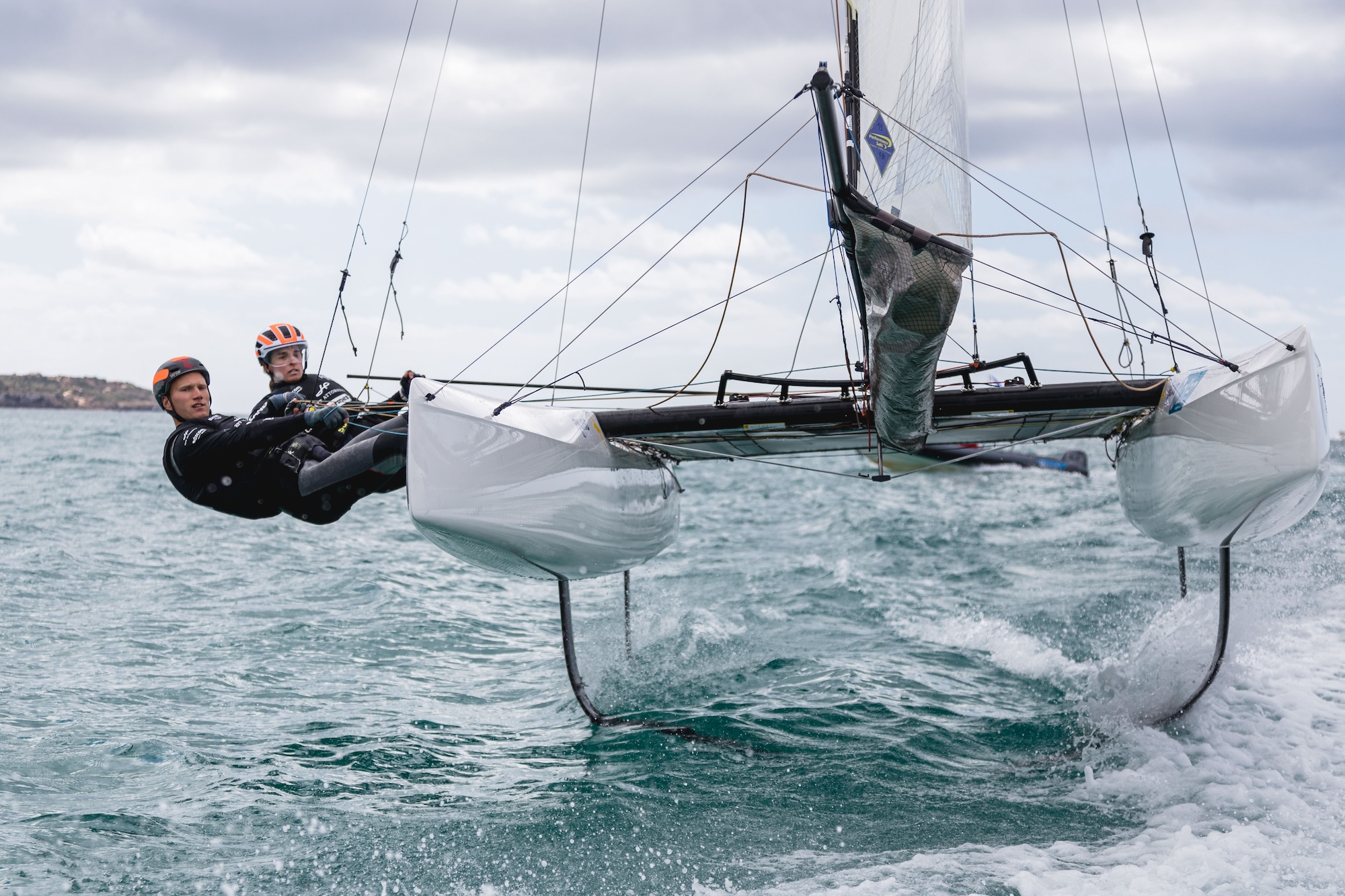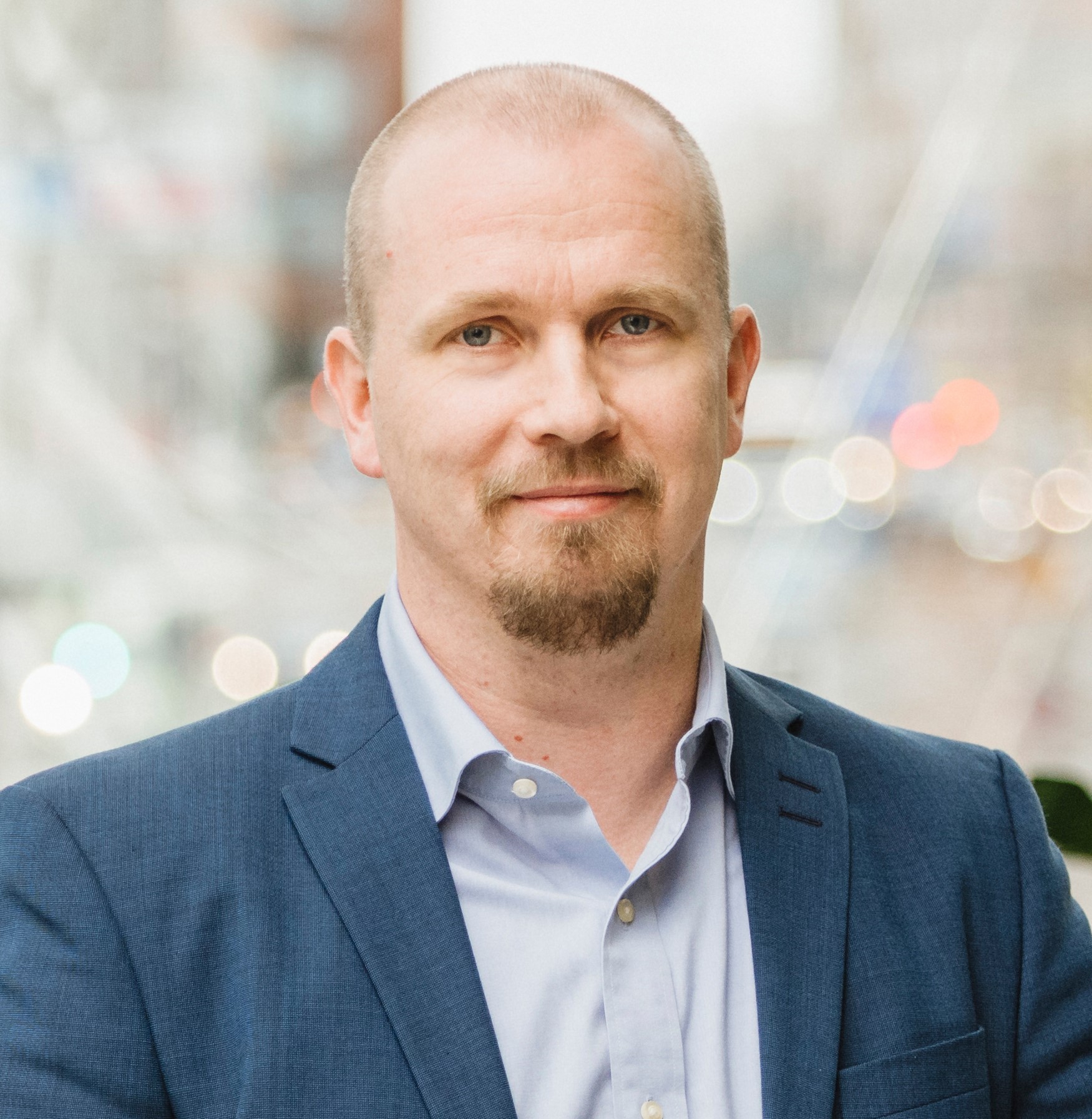24 June 2024
Olympic sailors Sinem Kurtbay and Akseli Keskinen train most of the year abroad and meet with Kimmo Kourunen, their coach, occasionally between sport camps and competitions. How can training and workload be monitored remotely?
Usually, the first thing in the morning for IT workers is to open their email, but Erik Piispa, the coach at National Olympic Training Center Helsinki - Urhea, often opens 360° Training system first. This is especially important when his athletes are abroad.
“We have the main responsibility for the development of the athletes' performance and monitoring their overall training load, so we monitor their resting and training heart rates and how they have recovered. The sport coaches, in turn, have the responsibility for regulating the load in the sport. If an athlete starts to feel overloaded, we discuss this with the sport coach. The work requires good interaction and a trusting relationship with both the sport coach in charge of training and the athletes,” adds Kourunen.
The 360° Training system, developed by Tietoevry, collects data and subjective feedback collected from athletes through monitoring devices. 360° Training makes it easier to schedule and rhythm training when athletes are training elsewhere and do not see each other face-to-face very often,” tells Piispa.

Nacra 17 – a fast and demanding boat class
The foil-equipped Nacra 17 boat class is part of Olympic sailing for the second time. The boat is sailed by a team of two, a man and a woman. The Finnish team will be represented by Sinem Kurtbay as skipper and Akseli Keskinen as crew.
Physical training is based on the requirements of the boat class, taking into account the roles of the athletes. Kourunen describes the Nacra boat class as physically demanding.
“The boat is a large catamaran that rises into the air by means of foils as it gains speed. Sailors need to have strength, endurance and agility, as well as the ability to make decisions when tired.”
”The boat is sailed standing up on a trapeze, so this must also be taken into account in the physics exercises. Sailing also involves a lot of lateral movements, so athletes need sufficient strength in the torso and legs to be able to generate power in different directions. We address the physical performance needed in the sport in a multi-professional way, for example with physiotherapists. With the 360° Training system, we can see heart rate, load, recovery and sleep data from training and competitions, and from there you can mirror what is being done in physical training, for example during the camp.”
”Normally athletes do the basic endurance exercises themselves. When the athletes are at Urhea, we focus on strength, agility and speed training.”

Coaching coordinates the coaching back-up teams
In addition to monitoring load and recovery, Kourunen and Piispa conduct strength and endurance tests for the athletes.
”The endurance tests are carried out with a rowing machine. The test results are sent for analysis to the Finnish Institute of High Performance Sport KIHU. Ville Vesterinen from KIHU has been involved with the development work a long time, developing the physical requirements of each boat class, among other things.”
”Once we have the test results, we first review them together and then consult other experts in the coaching team, such as a doctor, physiotherapist or nutritionist, if necessary.”
”With the exception of Nacra boat class, the Olympic sailing boat classes have a foreign coach. We are currently working with a Spanish, Slovenian, Polish and Norwegian class coach. We have created a working model of cooperation with foreign coaches, where the 360° Training serves as a good tool.”
360° Training is clear for the coach
Piispa is praising the ease of use of the 360° Training system.
“The interface compiles the data in a way that is easy for the coach to read. The sailing association is working with the Norwegians, who have a different load monitoring system at their disposal. I use both in my work, but I find the 360° Training system easier to read.”
However, the system still has room for improvement.
”We are developing the service together with the network, and we prioritize the needs of athletes and coaches in product development. The service has been in pilot use for a few years already. We now intend to start expanding its use considerably. This expansion will also give us a new opportunity to accelerate product development. The Olympic Committee wants to strongly support the introduction of new technologies into the everyday life of athletes and coaches. At the same time, this also supports the strategic goal of building a national database of sports,” says Emilia Ottela, the Administrative Director of the Olympic Committee.
Teemu Ekola, the product manager of 360° Training system at Tietoevry, is excited to hear about the user experiences of the sailors.
”An international coaching team that trains abroad and travels a lot is a new experience for me, too. It’s great to see that using the tool has become a routine for the coaches. 360° Training really does enable many kinds of flexible coaching arrangements and, even in the short term, brings help to day-to-day coaching. In addition, the system’s analytics functionalities and the data it collects are a valuable help in planning training and developing training methods.”
Finland’s top athletics and coaches already have the 360° Training system in use.
More information about the Finnish Olympic Committee:
Digitalisation manager Juha Saapunki, juha.saapunki@olympiakomitea.fi
Administrative director Emilia Ottela, emilia.ottela@olympiakomitea.fi
Read more Data supporting elite sports coaching (tietoevry.com)
Interviewees:
 |
 |
 |
|
Kimmo Kourunen National Olympic Training Center Urhea |
Erik Piispa
|
Teemu Ekola Tietoevry |
Main photo, SPV / Pepe Korteniemi
Photos of Kimmo Kourunen and Erik Piispa, National Olympic Training Center Urhea